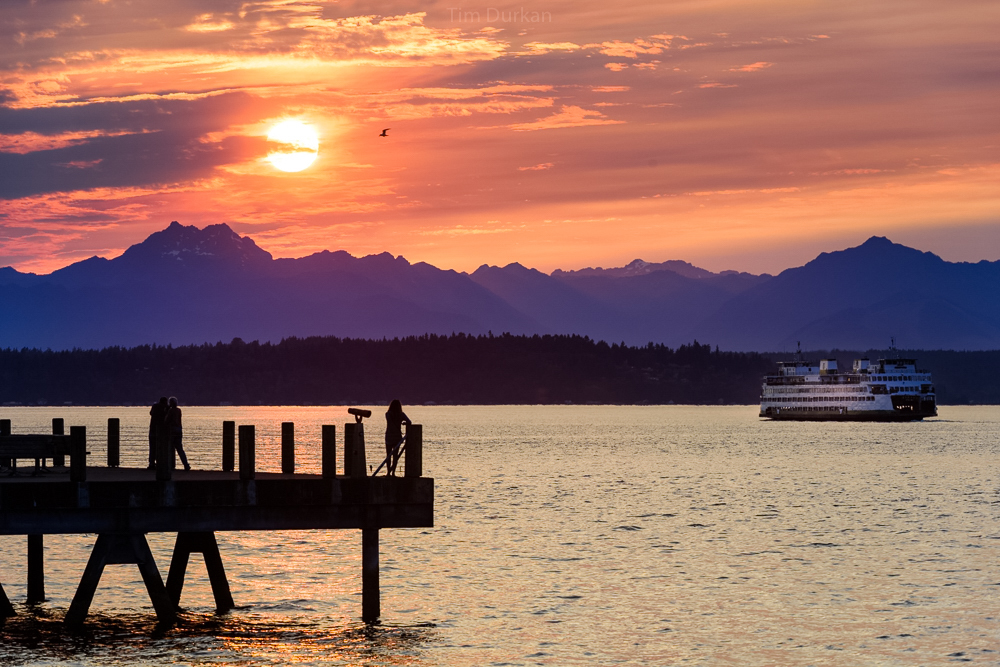
Seattle residents encouraged to “speak for the trees”
 In celebration of the 108th birthday of the late children’s author Dr. Seuss on March 2, Seattle residents are encouraged to become a local Lorax — modeled after the eponymous character in the Seuss classic The Lorax. In the book, a modern fable aimed at teaching children about sustainability, the Lorax warns about human and environmental risks associated with cutting down trees.
In celebration of the 108th birthday of the late children’s author Dr. Seuss on March 2, Seattle residents are encouraged to become a local Lorax — modeled after the eponymous character in the Seuss classic The Lorax. In the book, a modern fable aimed at teaching children about sustainability, the Lorax warns about human and environmental risks associated with cutting down trees.
Seattle’s reLeaf program wants you to “speak for the trees” and become a Tree Ambassador. Applications are being accepted through April 16 for teams of two to four people to serve as local neighborhood advocates for urban trees. Individuals may apply, but they would be expected to form a team with people who live close to them. Tree Ambassadors must live in Seattle. Applications and more information can be found at www.seattle.gov/trees.
Currently 23 percent of Seattle is covered with tree canopy. The City has a goal of reaching 30 percent canopy cover by 2037.
Tree Ambassadors will be trained in the basics of urban forestry, leadership, and community organizing. As a Tree Ambassador, you will work in teams to develop projects which could include tree walks, invasive species removal workdays, and/or tree plantings. No previous tree experience is necessary, only a desire to learn and a passion for urban greenery.
After the initial training, ambassadors are expected to volunteer five to 10 hours per month for two years and attend one additional training per year.
Tree Ambassador is a project of the Green Seattle Partnership, a collaboration between the City of Seattle and Forterra. The program is funded in part by a grant from the U.S. Forest Service’s Urban and Community Forestry program.
Seattle’s reLeaf Program is part of Seattle Public Utilities’ mission to protect local waterways by preventing pollution, restoring natural habitat, and slowing the flow of stormwater. Protecting and planting native conifers, like Douglas fir, provides one of the best ways to absorb stormwater, reduce landslides, prevent polluted runoff, and protect local waterways.